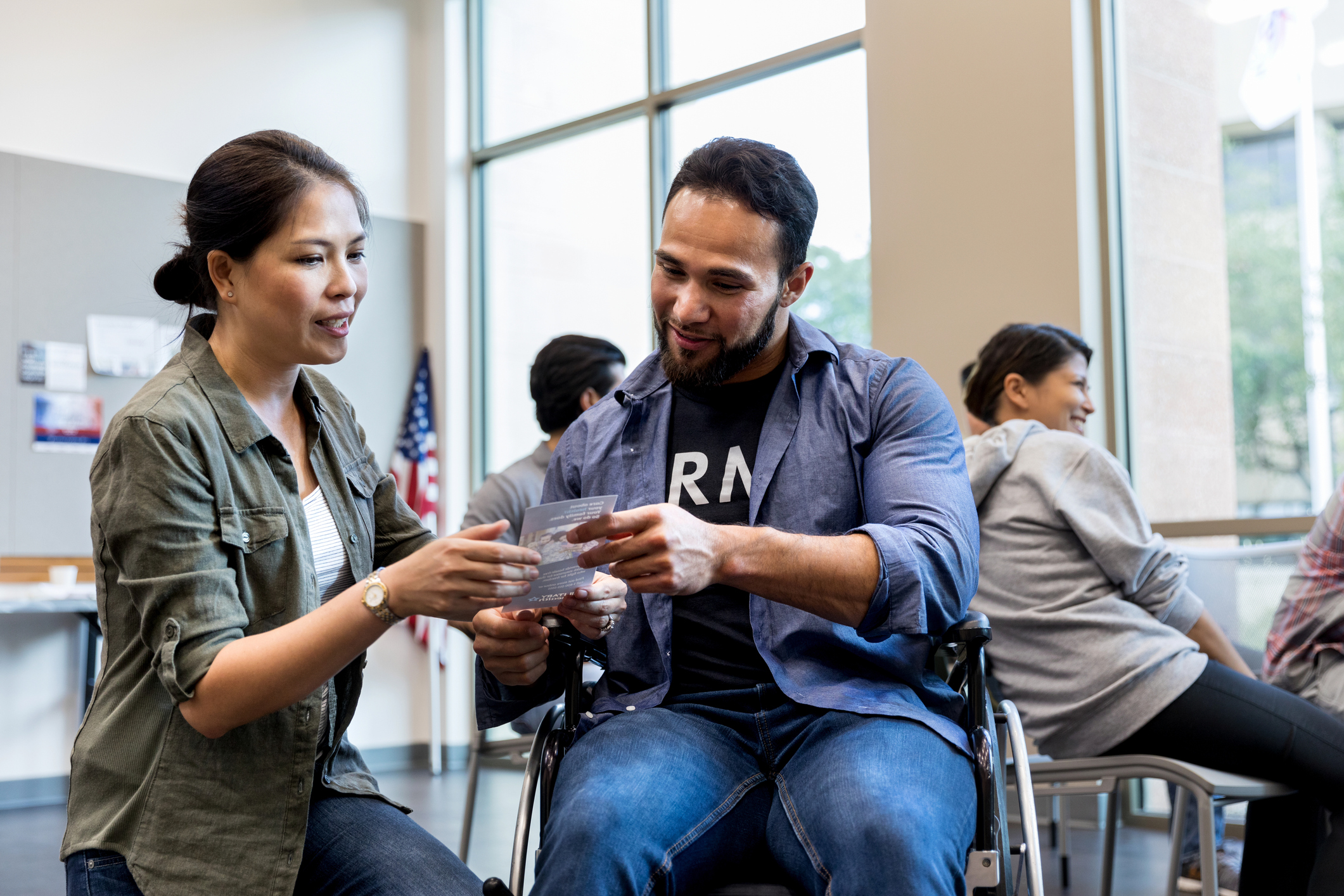
Compared to veterans of other wars, those who have served since 9/11 have the highest unemployment rate, particularly among young male veterans. Within the first three months of disconnecting from active duty service, more than half of post-9/11 veterans reported using at least one program designed to enhance their job prospects, according to researchers at Penn State.
“There are many employment programs available to veterans,” said Keith Aronson, associate director of the Clearinghouse for Military Family Readiness at Penn State. “These programs include online job boards, career fairs and job networking events, resume writing resources, career counseling, certification programs, among many others.”
Data collected in The Veterans Metrics Initiative (TVMI) is shedding a light on both the programs that veterans use as they transition to civilian life, as well as which veterans choose to use or not use them.
Aronson and his colleagues recently published the study in the Journal of Veterans Studies examining employment program use. Their findings include that male veterans were less likely than their female counterparts to use employment programs; veterans from more senior enlisted and officer ranks were more likely to use programs compared to those from the most junior enlisted ranks; and white, non-Hispanic veterans were consistently less likely to use employment programs than their non-white or Hispanic peers.
The researchers said the last finding likely reflects the lower unemployment rate among white veterans.
“Veterans from underrepresented minority groups have lower incomes and higher unemployment and are more likely to live in poverty,” Daniel Perkins, professor and principal scientist at the Clearinghouse as well as principal investigator of TVMI, noted. “Thus, non-white veterans may have more impetus to engage with employment programs as a strategy to improve their socioeconomic well-being.”
Veterans with physical health issues were substantially more likely to use employment programs than those without these challenges, according to the researchers. Veterans with physical problems are more likely to be unemployed and are also more likely to experience a broad array of military-to-civilian transitions.
“It is encouraging that veterans with health problems are using programs to enhance their job getting ability given their higher risk of being unemployed,” Aronson said.
On the other hand, veterans with mental health problems did not differ in their use of employment programs from veterans without these problems.
“It may be that veterans with mental health problems face barriers to program use, such as low levels of motivation, poor concentration, and difficulty functioning at a high level,” said Aronson.
Other researchers on the study were Nicole R. Morgan, research and evaluation scientist, and Julia A. Bleser, research and evaluation associate, the Clearinghouse for Military Family Readiness; Dawne Vogt, research psychologist and associate professor of psychiatry, Women’s Health Sciences Division, National Center for PTSD, VA Boston Healthcare System; Laurel A. Copeland, research scientist, VA Central Western Massachusetts Healthcare System; Erin P. Finley, research health scientist, South Texas Veterans Health Care System; and Cynthia Gilman, senior vice president, strategic initiatives at The Henry M. Jackson Foundation for the Advancement of Military Medicine.
The Clearinghouse for Military Family Readiness is an applied research center committed to advancing the health and well-being of service members and their families. The clearinghouse takes a solution-oriented approach that includes writing research reports, conducting applied research studies, building workforce expertise through training and resource provision, implementing and evaluating evidence-informed programs and practices, and delivering objective data and policy-relevant findings so that decisions are based on the best science and evidence available. The clearinghouse is located within Penn State’s Social Science Research Institute.
The Veterans Metrics Initiative research was managed by the Henry M. Jackson Foundation for the Advancement of Military Medicine Inc. (HJF); and collaboratively sponsored by the Bob Woodruff Foundation, Health Net Federal Services, The Heinz Endowments, HJF, Lockheed Martin Corporation, May and Stanley Smith Charitable Trust, National Endowment for the Humanities, Northrop Grumman, Philip and Marge Odeen, Prudential, Robert R. McCormick Foundation, Rumsfeld Foundation, Schultz Family Foundation, Walmart Foundation, Wounded Warrior Project, Inc., and the Veterans Health Administration Health Services Research and Development Service (FOP-15-464).